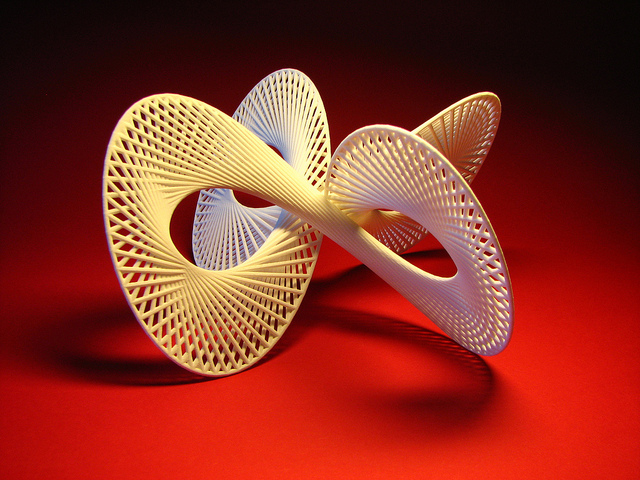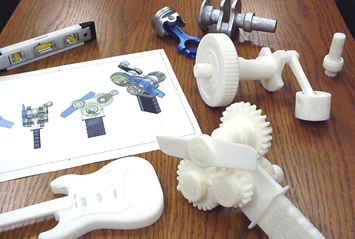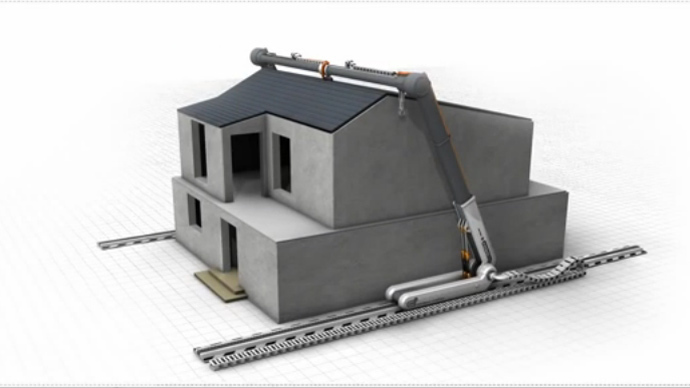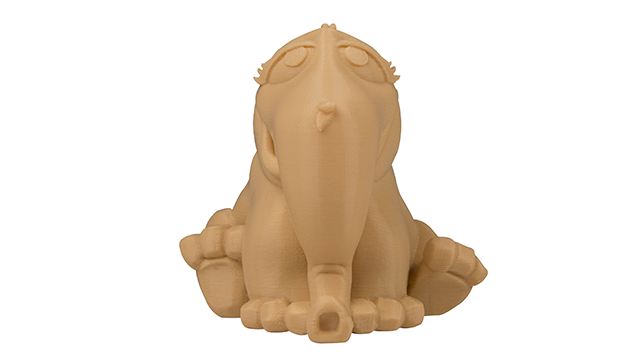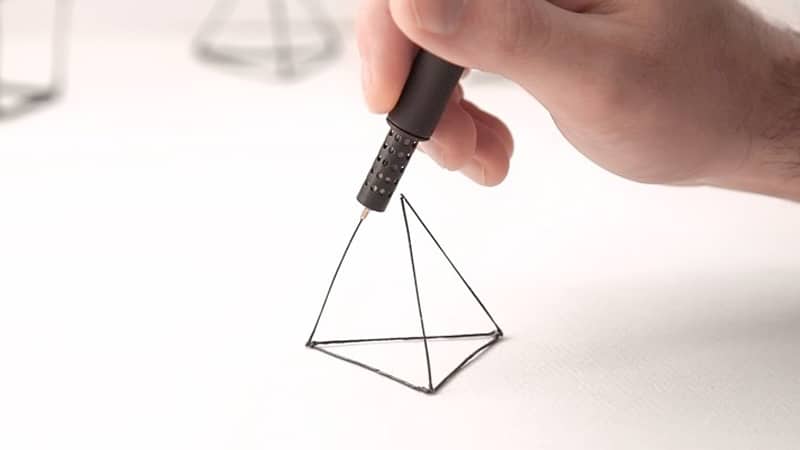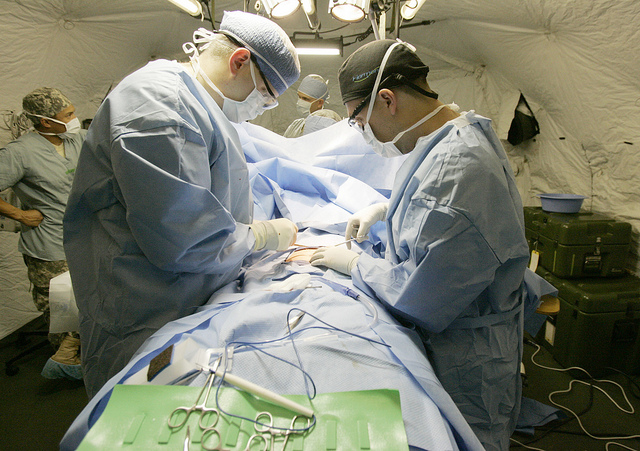
Category: Latest News

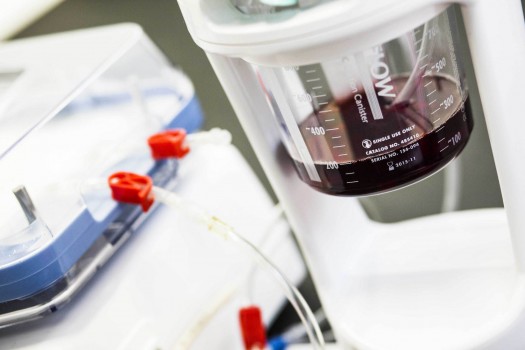
Hemosep, the life saving blood recycler gets cheaper, thanks to 3D Printing!
May 21, 2014
No Comments
Read More »
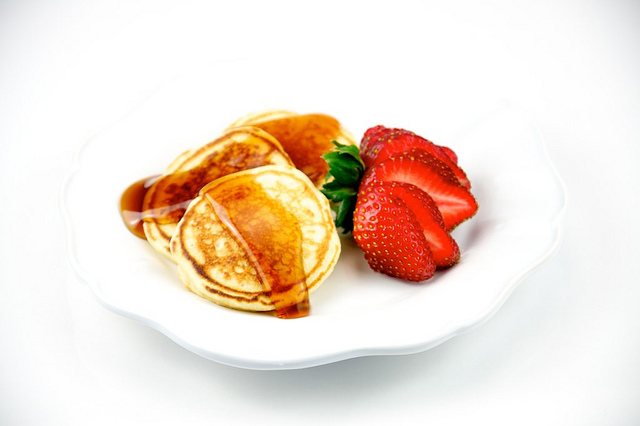
Pan Cake Printer – Technology aided Creativity on your Breakfast table
May 21, 2014
No Comments
Read More »
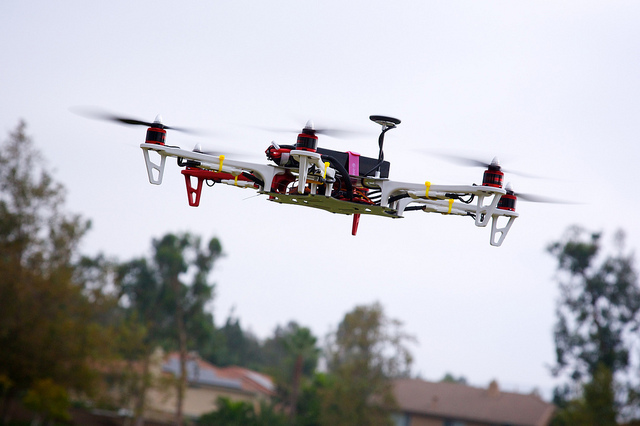
World’s first flying 3D printer gets ready for real time applications
May 21, 2014
No Comments
Read More »
